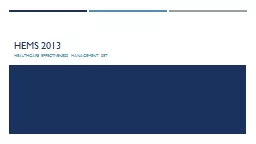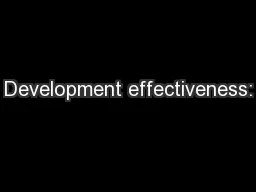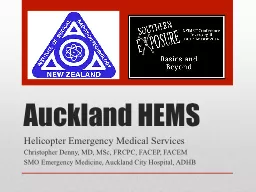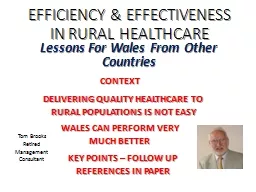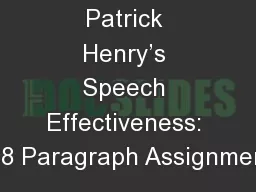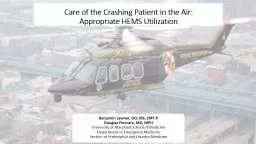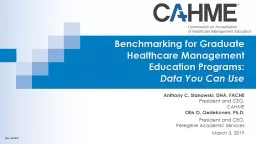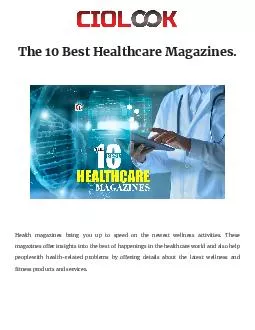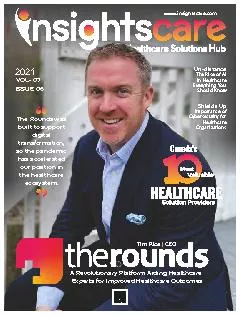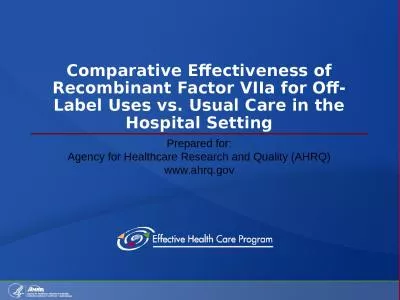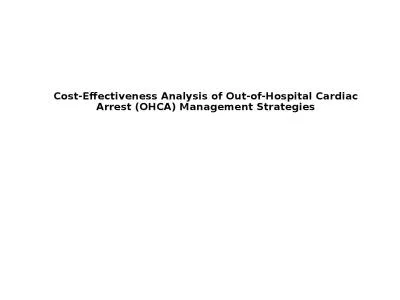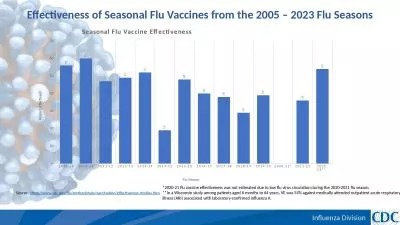PPT-HEMS 2013 Healthcare effectiveness management set
Author : motivatorprada | Published Date : 2020-06-16
Prevention and screening Cancer screening Cervical Cancer Screening ACOG and USPSTF agree on interval and age 2129 Cytology Q3 yrs 3065 Cytology Q3yrs OR Cytology
Presentation Embed Code
Download Presentation
Download Presentation The PPT/PDF document "HEMS 2013 Healthcare effectiveness manag..." is the property of its rightful owner. Permission is granted to download and print the materials on this website for personal, non-commercial use only, and to display it on your personal computer provided you do not modify the materials and that you retain all copyright notices contained in the materials. By downloading content from our website, you accept the terms of this agreement.
HEMS 2013 Healthcare effectiveness management set: Transcript
Download Rules Of Document
"HEMS 2013 Healthcare effectiveness management set"The content belongs to its owner. You may download and print it for personal use, without modification, and keep all copyright notices. By downloading, you agree to these terms.
Related Documents

